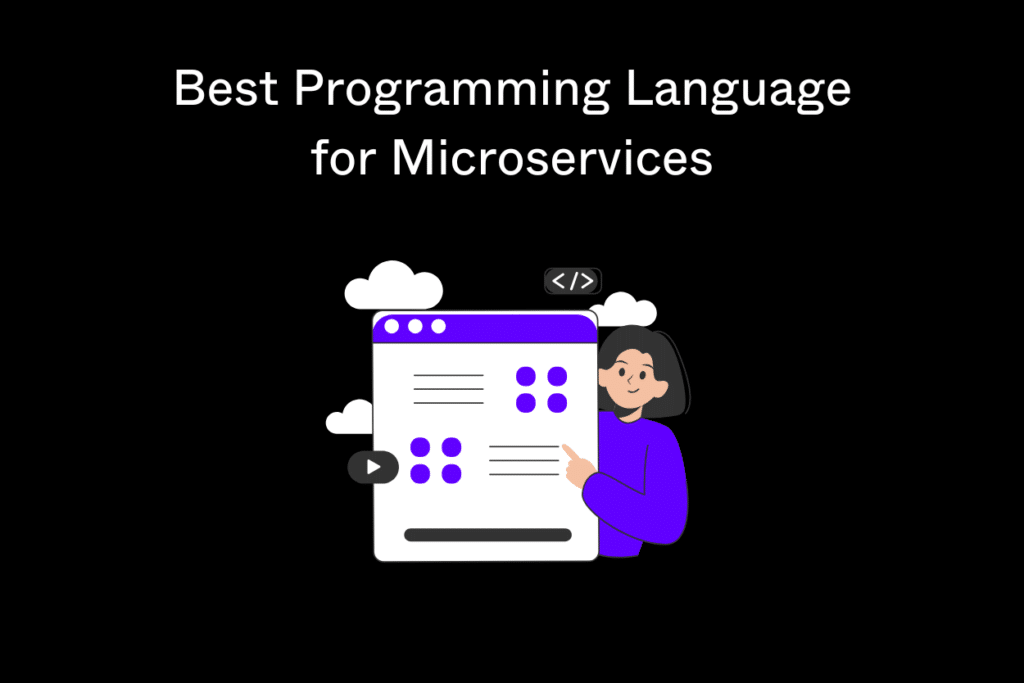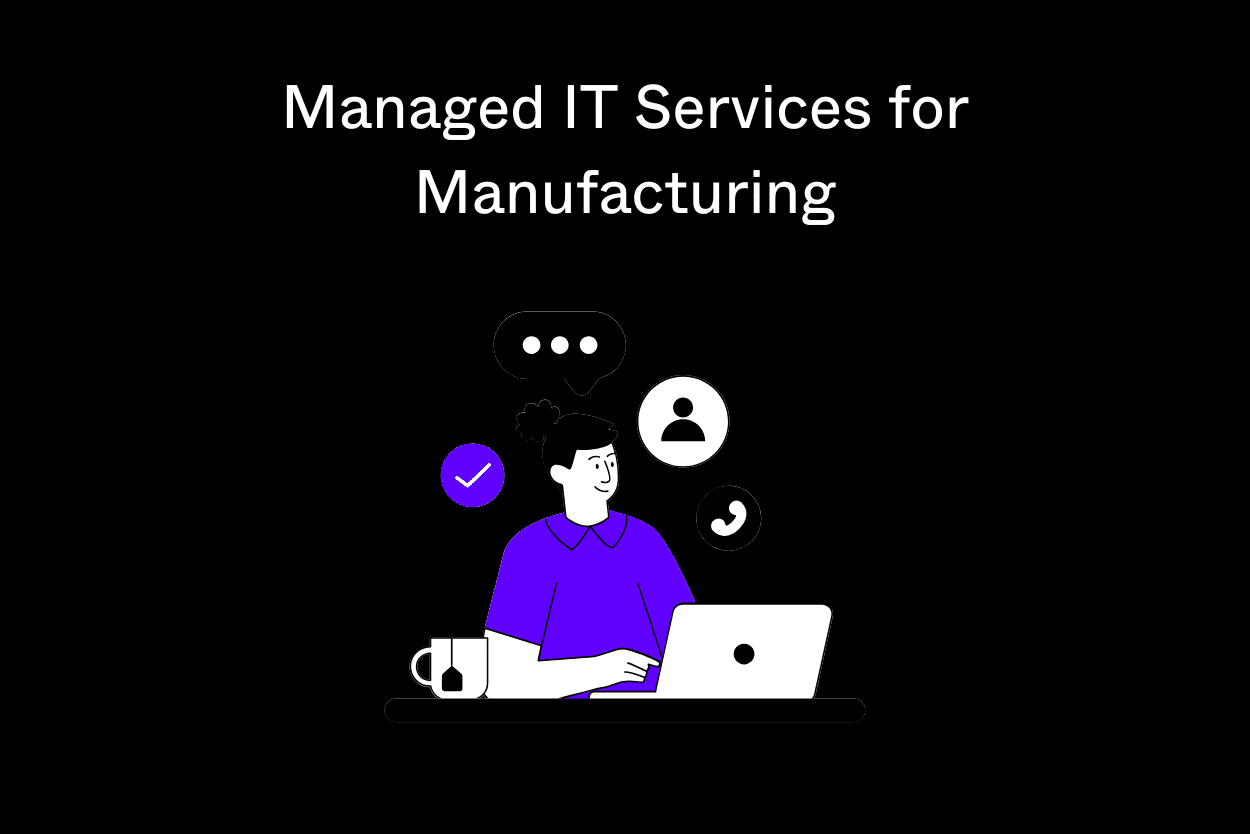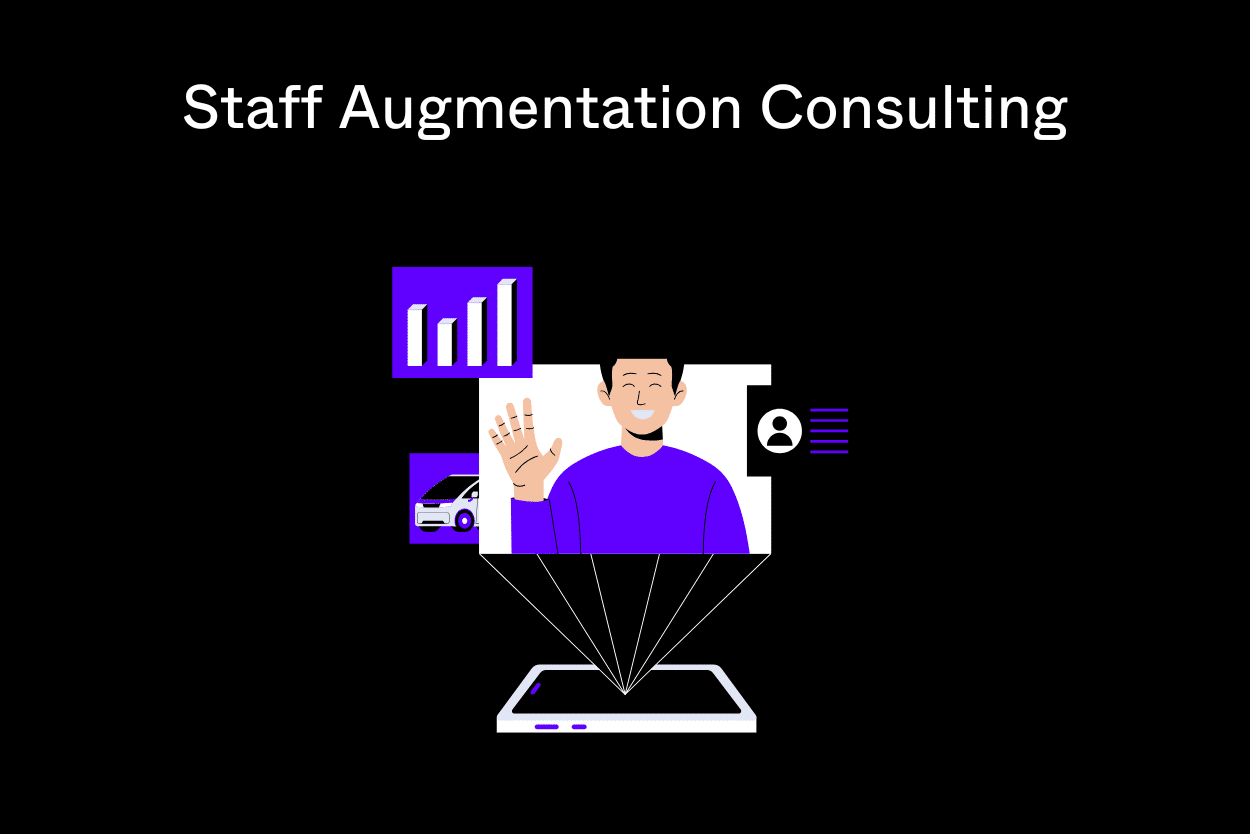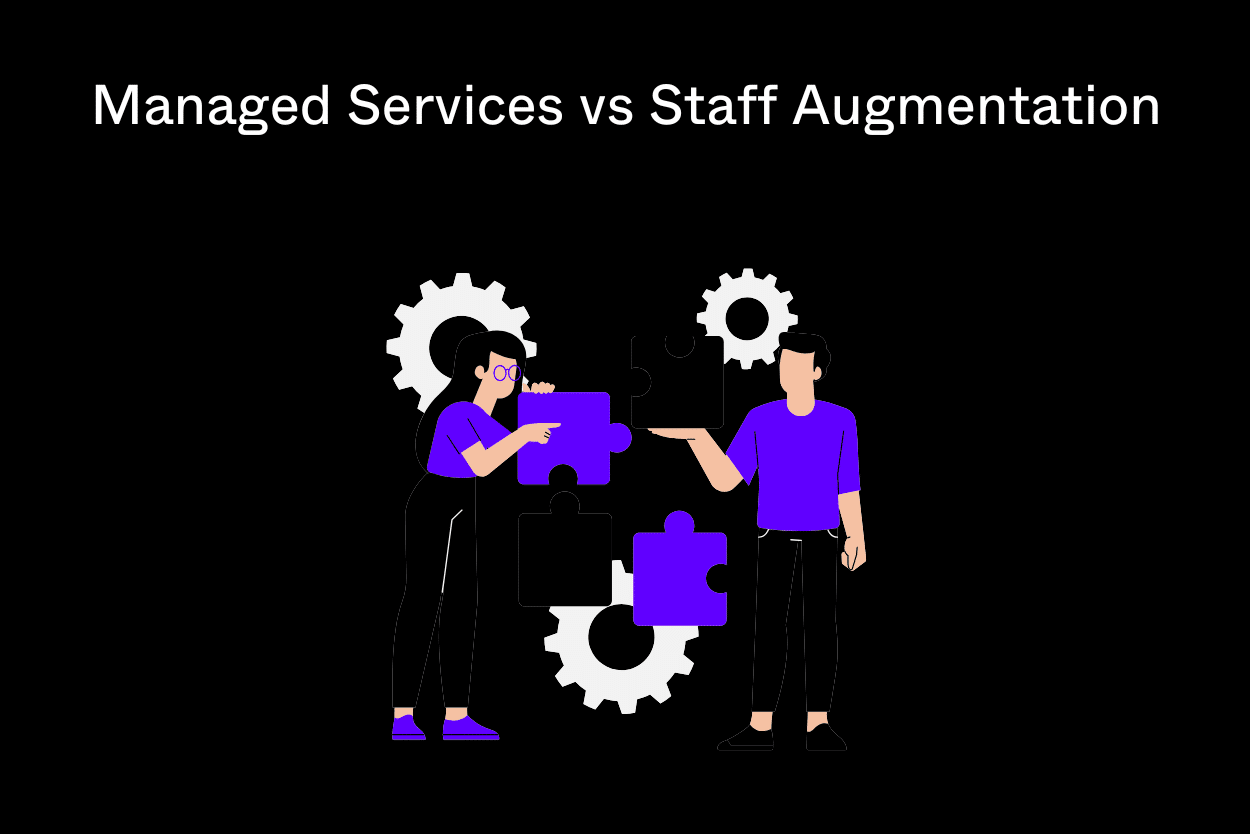
Microservices architecture has revolutionized software development by breaking down complex applications into smaller, independently deployable services. This approach enhances scalability, flexibility, and maintainability, making it a preferred choice for modern application development.
Selecting the appropriate programming language and technologies is crucial for effectively implementing microservices. Best programming languages for microservices blog explores the fundamentals of microservices, highlights the top programming languages and technologies for their development, discusses best practices, and delves into the art of composing microservices.
What Are Microservices?
Microservices architecture involves decomposing a large application into a collection of smaller, autonomous services, each responsible for a specific business function. These services communicate through well-defined APIs and can be developed, deployed, and scaled independently.
This contrasts with the traditional monolithic architecture, where all components are interconnected and managed as a single unit. The microservices approach offers several advantages, including improved scalability, fault isolation, and the flexibility to use diverse technologies across different services.
5 Best Programming Languages for Microservices
Choosing the right programming language for microservices depends on factors such as team expertise, performance requirements, and the specific needs of the project. Here are five top languages commonly used in microservices development:
1. Java
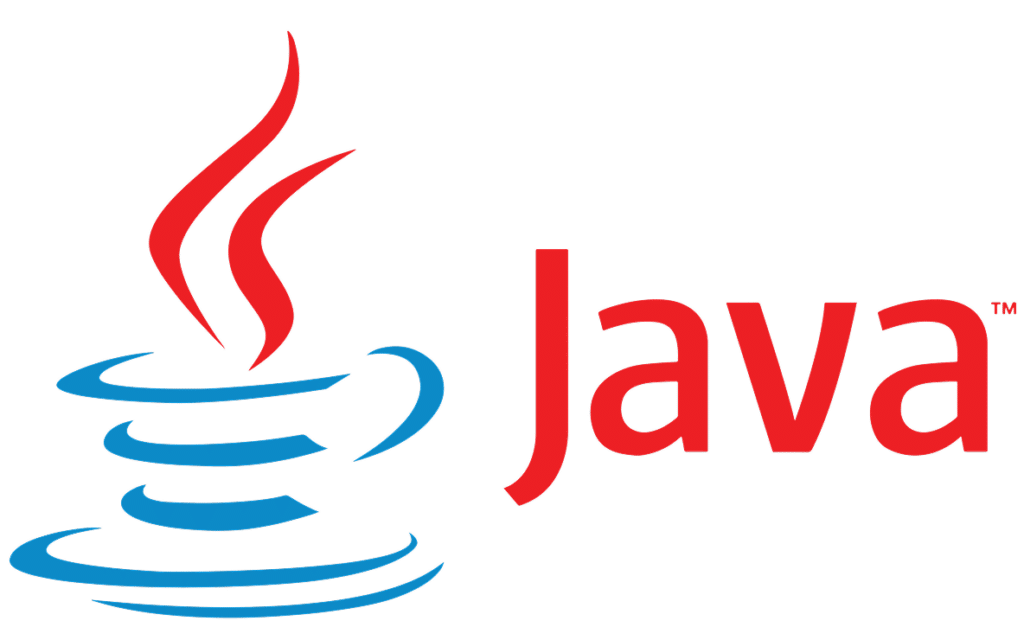
A stalwart in enterprise development, Java offers a robust ecosystem with frameworks like Spring Boot that simplify microservices creation. Its platform independence and extensive community support make it a reliable choice.
2. JavaScript/TypeScript
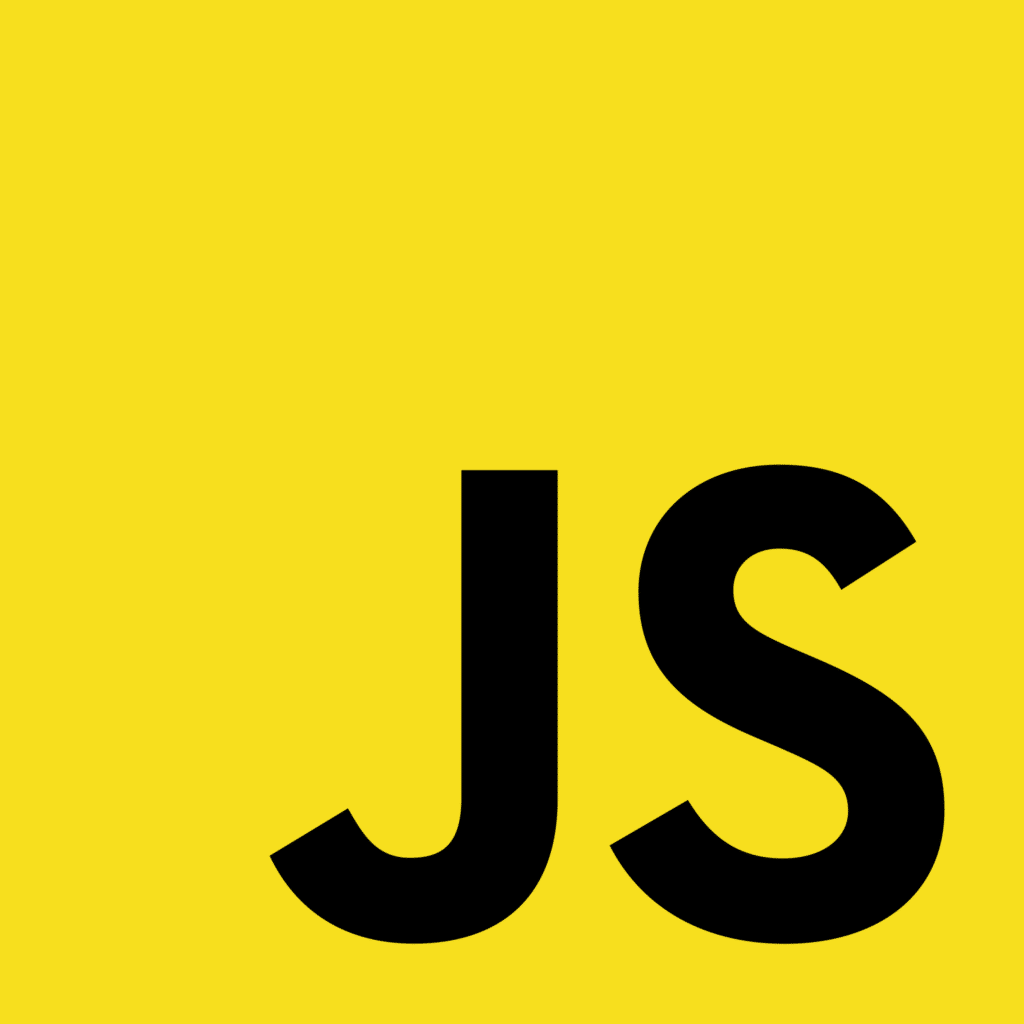
With the rise of Node.js, JavaScript has become a popular choice for microservices, especially for I/O-bound tasks. TypeScript adds static typing to JavaScript, enhancing code quality and maintainability.
3. Python

Known for its readability and efficiency, Python accelerates development cycles. Frameworks like Flask and Django facilitate the rapid creation of microservices, making Python ideal for projects requiring quick turnaround.
4. Go

Designed for performance and scalability, Go is well-suited for building efficient microservices. Its concurrency model and minimal runtime overhead enable the development of lightweight services capable of handling high loads.
5. C# (.NET Core):

Supported by Microsoft’s .NET Core framework, C# enables cross-platform development of microservices. Its integration with Azure services and tools like Docker makes it a strong candidate for enterprise-level applications.
According to the JetBrains Developer Ecosystem Report 2021:
35% of developers are actively working with microservices.
| Programming Language | Usage (%) |
| Java | 41% |
| JavaScript | 37% |
| Python | 25% |
| TypeScript | 19% |
| Go | 15% |
| C# | 11% |
| Kotlin and Shell scripting | 9% |
5 Best Technologies for Microservices Architecture Development
Implementing microservices effectively requires a suite of technologies that facilitate development, deployment, and management. Here are five essential technologies:
1. Docker and Kubernetes
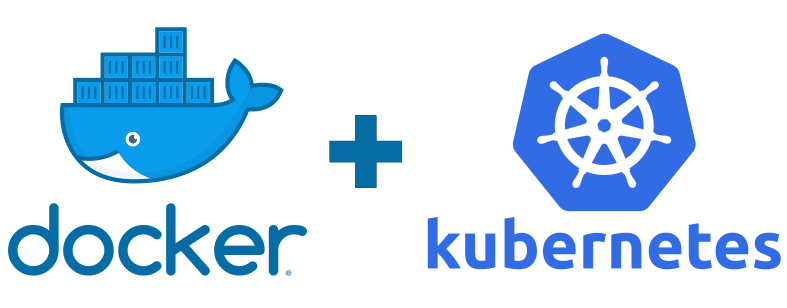
Docker provides containerization, allowing services to run in isolated environments, while Kubernetes offers orchestration, managing the deployment, scaling, and operation of these containers across clusters.
2. RESTful APIs

Representational State Transfer (REST) is an architectural style that standardizes communication between microservices using HTTP methods, ensuring interoperability and simplicity.
3. RabbitMQ
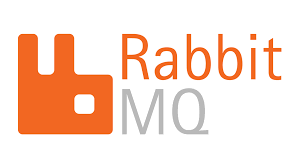
A reliable message broker that supports asynchronous communication between services, facilitating decoupling and enhancing scalability.
4. Consul
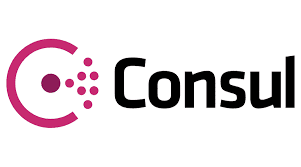
A service mesh solution providing service discovery, configuration, and segmentation functionalities, ensuring secure and efficient service-to-service communication.
5. Prometheus

An open-source monitoring system that collects metrics from microservices, aiding in performance analysis and alerting.
Best Practices for Building Microservices
To maximize the benefits of microservices architecture, consider the following best practices:
Design Autonomous Services
Ensure each microservice is self-contained, with its own data storage and business logic, minimizing dependencies.
Implement API Gateways
Use an API gateway as a single entry point to manage requests, authentication, and response aggregation, simplifying client interactions.
Embrace DevOps Practices
Adopt continuous integration and continuous deployment (CI/CD) pipelines to automate testing and deployment, enhancing reliability and speed.
Monitor and Log Extensively
Implement comprehensive monitoring and centralized logging to gain insights into system performance and facilitate troubleshooting.
Secure Inter-Service Communication
Use protocols like HTTPS and tools like service meshes to encrypt and authenticate communication between services.
Composing Microservices
Composing microservices involves integrating individual services to deliver cohesive business functionalities. This can be achieved through orchestration, where a central coordinator manages interactions, or choreography, where services interact through events without a central controller.
Choosing between these approaches depends on the complexity and requirements of the system. Effective composition ensures that microservices work together seamlessly to fulfill business objectives.
Conclusion
Microservices architecture offers a pathway to building scalable and maintainable applications by decomposing systems into manageable, independent services.
Selecting appropriate programming languages and technologies is pivotal in harnessing the full potential of microservices. By adhering to best practices and thoughtfully composing services, organizations can create robust systems that are adaptable to evolving business needs.
